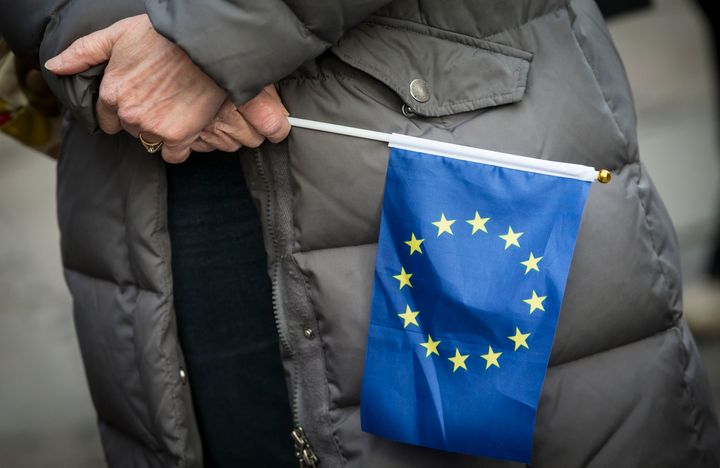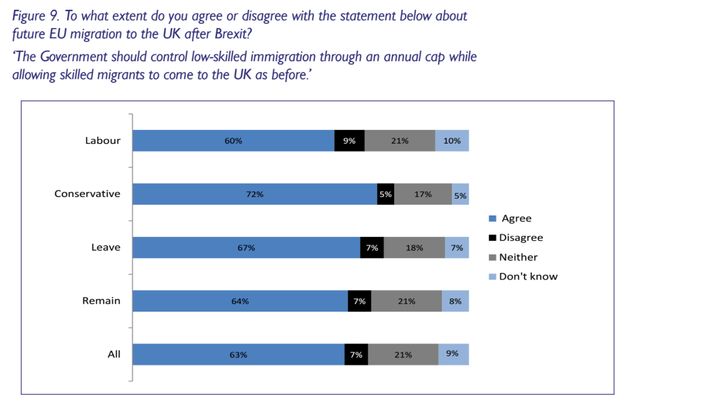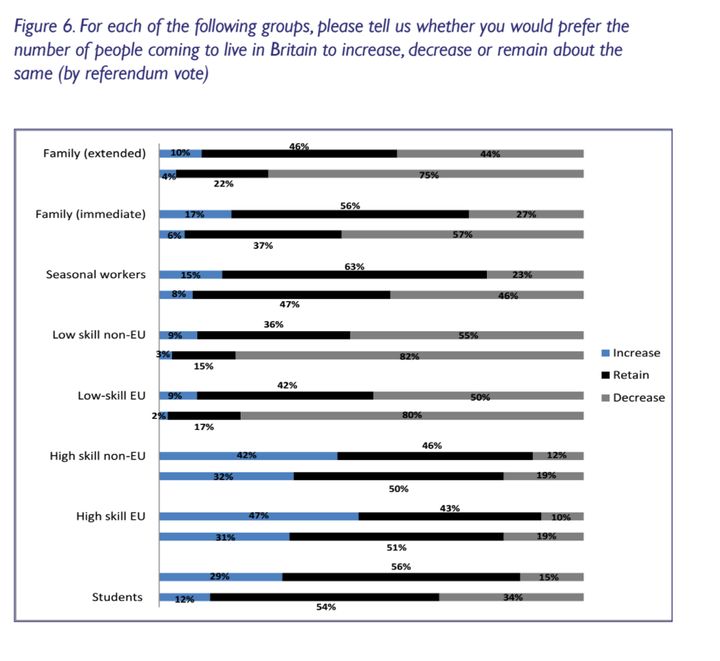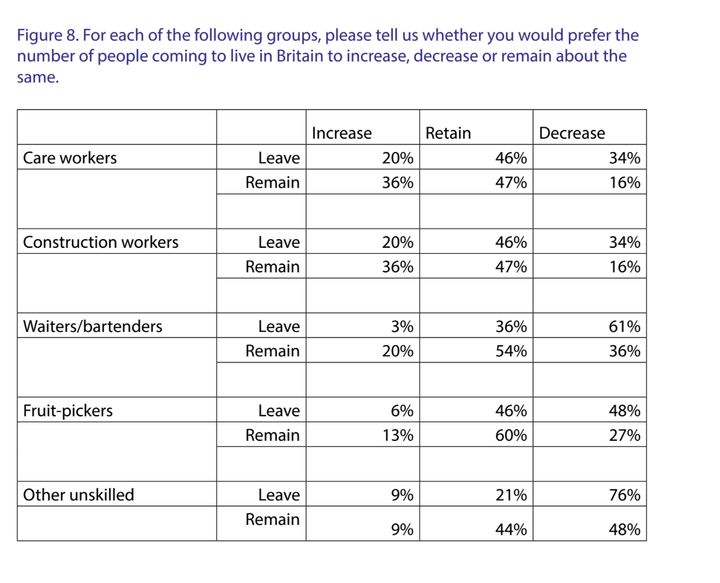
Doctors, care-workers and fruit-pickers should be able to come to the UK after Brexit in at least the same numbers as they currently do, according to Leave voters.
A report from the British Future think-tank reveals that of those who voted Leave in last year’s referendum, 92% want to see the number of foreign doctors in the UK stay the same or increase, 66% want the same for care-workers and 52% for fruit-pickers.
The research also reveals that 64% of all voters believe the Government should scrap its target of reducing net migration to the UK to below 100,000, and instead replace it with separate aims for skilled and unskilled workers.
The report argues the Government should seize this “reset moment” in the immigration debate to create a hybrid system which will see free movement rights kept for skilled migrants, but an annual cap introduced for unskilled workers.
Sunder Katwala, Director of British Future, said: “A new post-Brexit immigration system that differentiates between skilled and low-skilled EU immigration sounds like common sense to most people.
“They can see that we need doctors, engineers and other professionals but they want more control over low-skilled immigration. Even there, the public knows we need people to pick the fruit and veg, build more houses and care for the elderly.”

Conservative MP Nicky Morgan, chair of the Treasure Select Committee, welcomed the report, and said: “I have always maintained that what the British people want is reassurance that their Government is in control of its borders by knowing who is coming to Britain, how long they are coming for and how long they are staying.
“This research shows that the immigration debate is much more nuanced than it is often portrayed, that people do appreciate the benefits immigration can bring but it is also clear that a discussion on community cohesion and integration must sit alongside the wider immigration debate.”
The report digs down into where voters would like to see reductions in the number of migrants coming to the UK.
While 80% of Leave voters want to see a reduction in unskilled EU migration, the only jobs where more than 50% of Brexiteers agreed there should be a cut are waiters and bartenders.

The other area where at least 50% of Leavers agreed there should be a reduction is in spouses and other family members coming to the UK to join workers already settled in the country.
“Public support for asylum-seekers and refugees is also fragile, with only 44% preferring that the numbers stay the same or increase,” says the report.

The Government is yet to reveal which immigration system it will adopt post-Brexit, but Theresa May has already ruled out an Australian-style points based system and continuing the current freedom of movement rules.
The most recent figures from the Office of National Statistics showed a drop in the number of people from the coming to the UK to look for work, as net migration fell to 246,000 - the lowest level for three years.
Labour MP Stephen Kinnock, who joined with colleagues Emma Reynolds and Rachel Reeves last year to call for an end to the current freedom of movement rules, backed the report’s call for a hybrid immigration system.
“Leaving the EU will mean changes to Britain’s immigration policy. Reforms are needed if we are to deliver the ultimate prize of a higher-wage, higher-skilled economy.
“Replacing the government’s deeply discredited policy of an overall net migration target with a two-tier system which differentiates between high and low-skilled workers would be a vast improvement on the current one-size-fits-all approach.”
Kinnock also argued the UK could adopt such a system through membership of the European Economic Area, and added: “The government must, therefore, provide some much-needed clarity and leadership by committing to an EEA-based transition deal.
“This is not just common sense, it also offers an opportunity to re-unite our deeply divided communities around a fair and managed migration system.”
The polling in the report was carried out by ICM, who surveyed 3,657 GB adults, between 9-16 June 2017.
